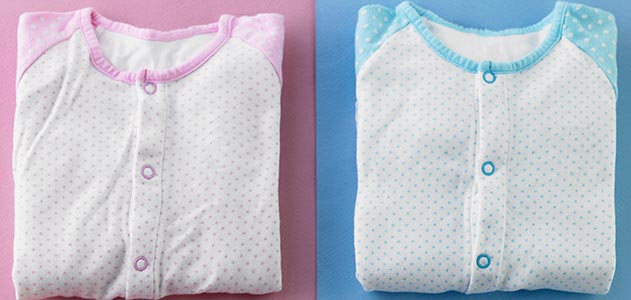
Colour Coded Gender
September 29, 2013
DT Cochrane
Girls wear pink. Boys wear blue. This seemingly universal gender dichotomy is actually a very recent invention, as this post on smithsonian.com makes clear. At the end of the 19th century, most boys and girls were dressed in ‘gender neutral’ white dresses. These were considered a practical option, convenient for play and easily bleached. Although pink and blue for children’s clothing was introduced in the mid-19th century, it took decades for the colours to catch on. Then, when they did, popular magazines and trade journals suggested that pink was most appropriate for boys, while the blue preferred for girls, as it was “more delicate and dainty.”
The piece largely focuses on the ‘cultural’ aspects of these changes, but quotes historian Jo B. Paoletti on an accumulatory aspect: “The more you individualize clothing, the more you can sell.” While those who profit from the sale of children’s clothing may not particularly care whether girls wear pink or blue, the fact of differentiation between boys and girls enables product differentiation. The construction of a gender dichotomy, when conjoined to consumption, becomes a facet of accumulation. The ‘cultural’ aspects are neither dependent on, or determined by the ‘economic’ aspects. Instead, they feed into each other, and the entities involved need to be analyzed without any prior analytical separation.
